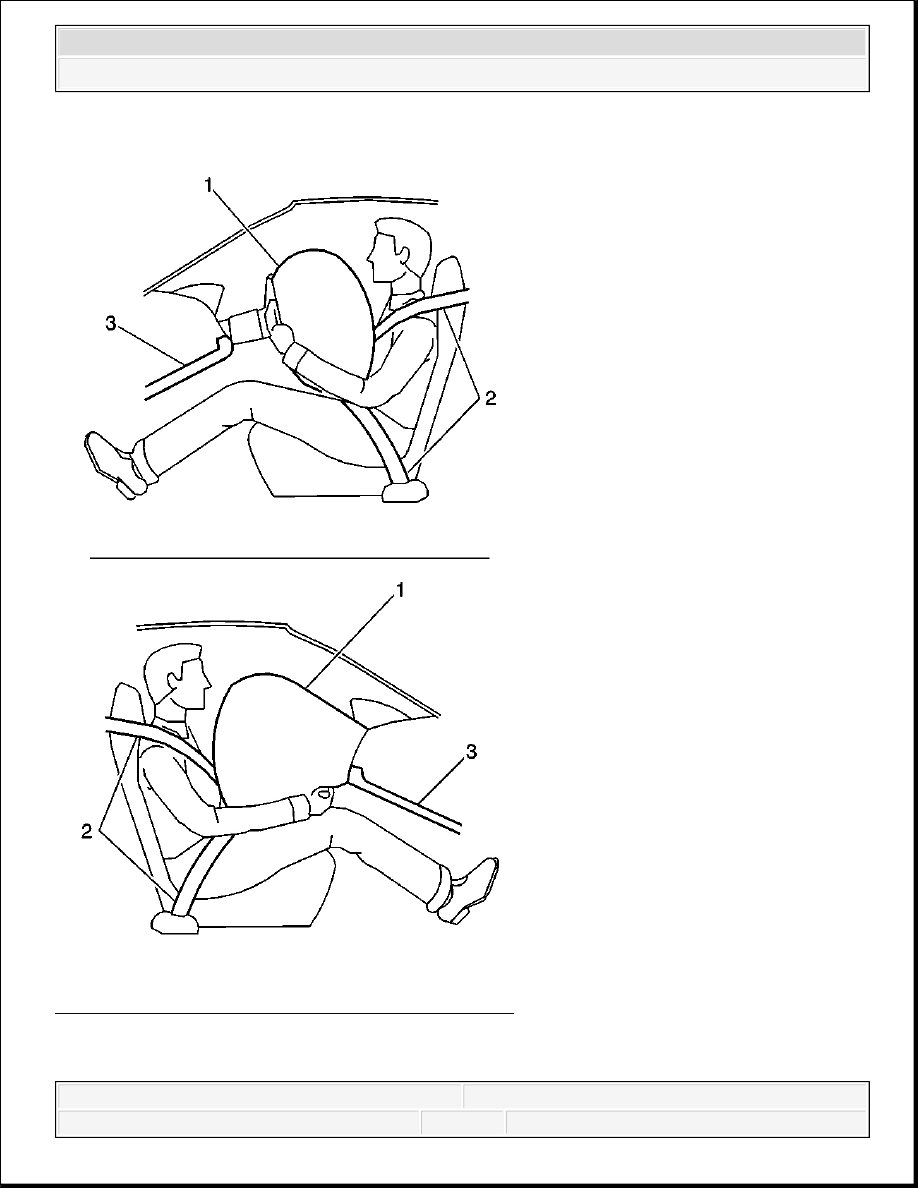Hummer H3. Manual - part 619

Fig. 130: Illustrating Deployed Inflatable Restraint
Courtesy of GENERAL MOTORS CORP.
The Supplemental Inflatable Restraint (SIR) System supplements the protection offered by the
2007 Hummer H3
2007 RESTRAINTS Supplemental Inflatable Restraints - H3